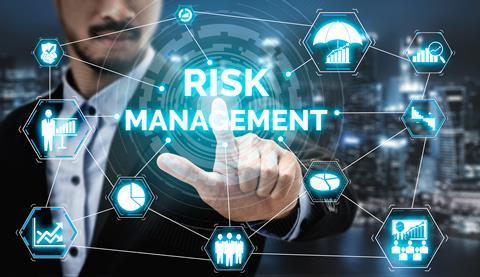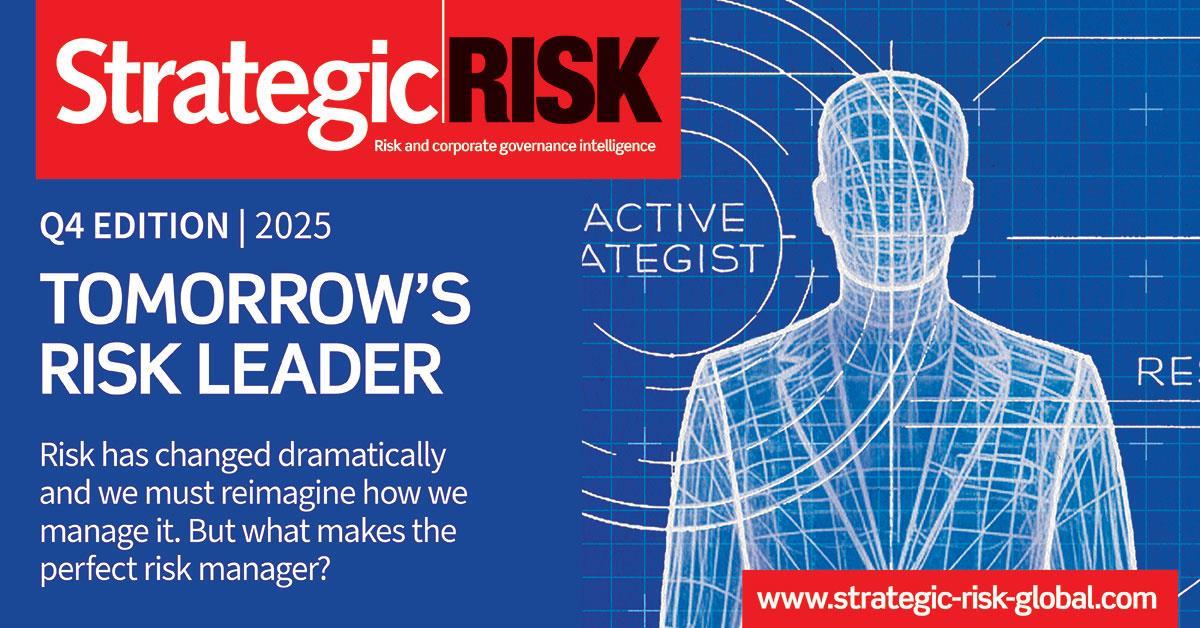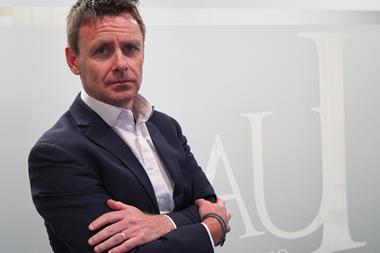AXA XL is enabling businesses to tackle everything from natural disasters to cyber threats with smarter tools, clearer insights and joined-up strategies between risk managers and insurers.

In this fast-changing, uncertain world there is little doubt that the challenges risk managers are facing are complex, dynamic and in many cases interlinked.
And as risks evolve and change, risk managers and their insurer partners are acutely aware of the need to consider risks as interconnected to support clients as they navigate a continually changing landscape.

In the most recent AXA XL Future Risks Report, risk experts, businesses and the general public identified the top three future risks as climate change, geopolitical instability and cyber security.
These are evolving, global, complex and sometimes connected risks that require a nuanced and strategic response.
Hot on their heels in the rankings were other emerging challenges like AI, Big Data and social tensions which are, again, interconnected and complex.
We want to work with our risk manager partners to understand these risks and find ways to address the challenges and opportunities they will bring.
Changing climate
The effects of a changing climate are having a very real impact on our clients’ operations. This year, we have already seen the devastating out-of-season wildfires in the Los Angeles area cause estimated insured losses upwards of $40 billion. Last year recorded the third largest economic losses from natural catastrophes at about $140 billion. And that followed the second largest nat cat year ever in 2023.
It’s vital that we find ways to assess and manage the effects of a changing climate alongside our efforts to enable the energy transition.
This requires new ways of thinking about risk and innovative use of technology, among other things.
“This technology can give us deeper understanding about the exact location of assets. And that means that we can better model risks.”
Our ability to use geospatial technology and geo-footprinting helps us give more precise information to our clients to help them proactively manage risks. This technology can give us deeper understanding about the exact location of assets. And that means that we can better model risks. If we can give clients insights like moving assets even by a few metres, it might dramatically reduce their exposure to flash flooding or wildfire and we can help them to better mitigate their risks.
We also are working alongside our clients to support their efforts to transition to a low-carbon economy and increase sustainability efforts. This again requires them to think differently about how they manage risks, and for us to think creatively about risk transfer solutions.
For instance, we recently launched a Major Contractor & Developers Portfolio insurance product, which offers a premium rebate for any projects that achieve an outstanding Building Research Establishment Environmental Assessment Method (BREEAM) score. In the event of a claim, we provide additional funds dedicated to rebuilding in a more environmentally friendly manner.
Fast-moving geopolitical landscape
Recent events have served to underline how quickly geopolitical shifts can affect businesses and the way in which they trade and operate.
The ongoing conflicts in Ukraine and the Middle East, the escalation of tensions between India and Pakistan and the policy decisions of major powers, among others, are prompting many of our clients to re-examine their supply chains and explore new ways to operate now – or in the near future.
As well as short-term decisions, like changing logistics, many clients are working with us to understand how the future may look and take strategic decisions about moving investments from certain territories to others and considering a regional approach rather than a globalisation mindset.
Our expertise in political risk, trade credit, war terrorism and political violence insurance can help our clients address these challenges and the associated risk of social unrest that was also cited as an emerging trend in the Future Risks Report.
And the visibility we have of evolving trends, thanks to our access to expertise around the world means we can help clients to better understand how these evolving risks may affect them over the longer term, and what mitigation actions they might take.
Cyber threat evolving
In addition to climate change and geopolitical instability, cyber threats are one of the key risks facing businesses today and in the future.
The past three years have seen a 15% rise in the cost of cyber losses to top $80 billion worldwide.
And the risk is evolving. The use of artificial intelligence (AI) gives malicious actors even greater scope to launch numerous and effective attacks. We likely haven’t yet seen the full extent of how AI might be used in cyber attacks, but we are aware of the risk that it can potentially reverse engineer some of the published cyber security patches, for example.
We are working with clients to understand these evolving risks too and will continue to ask lots of questions of clients and have regular touchpoints – not just at inception or renewal of a policy – with relevant stakeholders, including our claims colleagues, to ensure we are all adapting to the changing risk.
Leading the way
In this complex and often interconnected risk environment, we recognise the role we can play in helping our clients to understand, assess and mitigate against some of these challenges.
We are committed, for example, to using data analytics to identify and assess risks more accurately and use those insights to enable informed decision-making
We also recognise the role we can play in helping clients to develop and maintain robust crisis management and crisis response strategies, business continuity plans and analysis of various scenarios.
Indeed, the recently published AXA XL Foresight Report examines ten potential risk scenarios including unsafe water and energy blackouts, to help us all develop a greater understanding of the effect these risks could have.
Transparent communication with our stakeholders and ongoing training and development for our colleagues are also a key part of our strategy to be leaders in risk and work with our clients now, and in the future, to be leaders in risk management.
BLOG: Airmic Conference 2025 Daily News Summary

Stay tuned - live reporting from the Airmic Conference this week - all in one place
- 1
- 2
- 3
- 4
- 5
- 6
- 7
- 8
- 9
- 10
- 11
- 12
- 13
- 14
- 15
 Currently
reading
Currently
reading
Facing into risk: Interconnected threats demand a smarter, faster response from risk managers












































